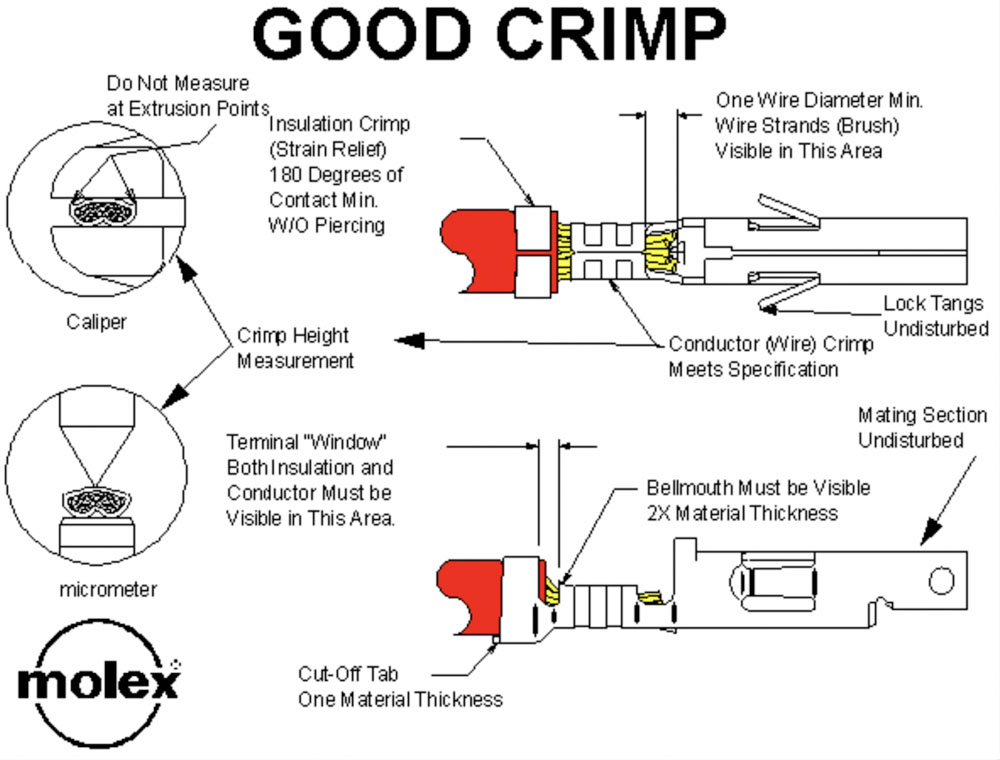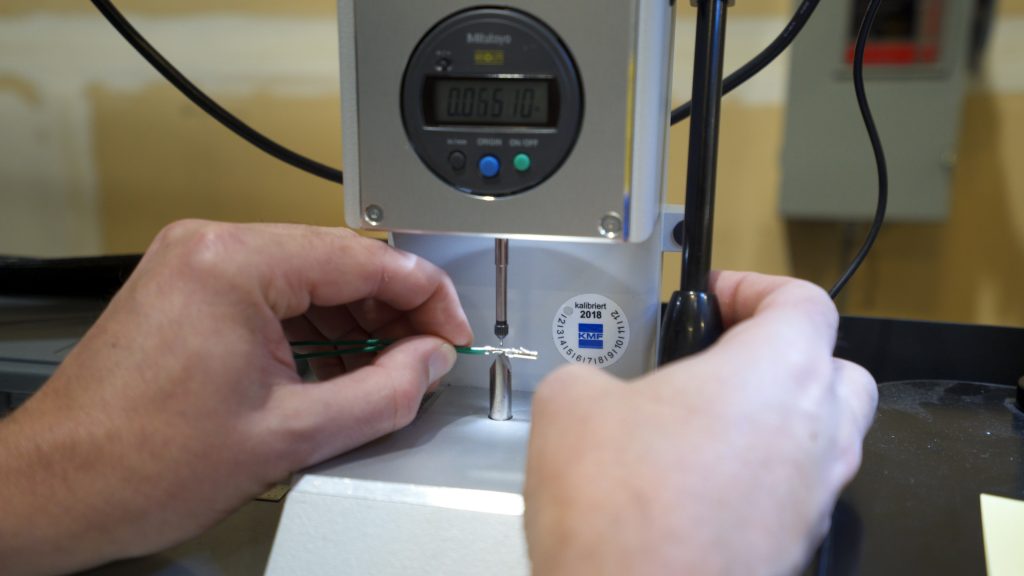A lot of manufacturers crimp their own cable connections by hand. Even though advanced tooling offers greater speed, quality and consistency, hand crimping still makes sense on some special projects (i.e. low-volume prototyping). Multi-Tek even hand crimps some connections for our customers at their request, despite the array of automated tools at our disposal.
Keep reading for our top cable hand crimping best practices, as well as a breakdown of tooling options, when hand crimping makes sense, when it doesn¡¯t and why. For a complete overview of custom cable best practices, check out our manufacturer¡¯s guide to custom cable.
What makes a good hand crimp
Most homeowners, car tinkerers and DIYers have performed hand crimps. But repairing a harness in your Chevy and assembling a custom cable in a manufacturing setting are two very different propositions.
In a manufacturing setting, processes need repeatability, and crimped connections need dependability and fidelity to the cable design.
To produce trustworthy connections by hand, you should first understand how to recognize the difference between good and bad crimps.

This diagram of a good crimp comes from an old Molex data sheet.
In a good crimp, both insulation and wire are visible in the terminal window. A crimp over the insulation relieves stress from the wire crimp and secures the insulation. All strands of wire extend past the wire crimp but not beyond the terminal stop. The terminal is not bent and hasn¡¯t been damaged at all by the crimp tool.
What do bad crimps look like?
Some bad crimps are obvious to anyone. If you damage the terminal due to an imprecise crimp, you should see the damage clearly. If the terminal is bent like a banana, then you should ease up on the crimp tool.
The most common hand crimped connection failures come from wire being inserted either too far into the terminal or not far enough.
If you don¡¯t insert the wire far enough, the wire brush may not extend far enough into the rest of the terminal to produce a trustworthy connection. If you insert the wire too far, you¡¯ll only see insulation in the terminal window. This indicates that insulation is smashed into the wire crimp, where metal should be in full contact, and the conductivity of the connection is compromised.
If you see wire strands outside the crimp, or if not all strands extend past the crimp section, then the connection will fail. With a small amount of training, anyone can learn to recognize these crimp failures quickly.

Hand crimp tooling
You¡¯re probably familiar with the ubiquitous crimping tools found at every hardware store. These tools are built for versatility and provide plenty of utility for hobbyists, but we don¡¯t recommend their use in manufacturing.
Whenever possible, you should use a terminal¡¯s designated tooling to produce crimp connections. Every unique terminal series will have unique equipment designed to crimp with precision and consistency. This includes both hand tools and applicators for automated crimping processes.
Even the dedicated hand tools aren¡¯t truly designed for production. They are meant for use in prototyping and field repair. Applicators are designed for use in manufacturing and offer significant benefits when it comes to production speed, quality and consistency.
Cable hand crimping challenges
Aside from being a slow manual process, hand tooling provides extra difficulty in producing consistently high-quality crimps. The two factors that are most difficult to get right when hand crimping are crimp height and wire position within the terminal.
Crimp height is a measure of the tightness of a crimp. When crimp height is too large, the crimp is too loose, making the connection insecure. When crimp height is too small, the crimp is too tight, potentially causing a damaged conductor.
Hand tools for crimping don¡¯t have crimp height adjustment capabilities. Operators must perform the crimp precisely and consistently on their own. But automated tooling allows operators to set a precise crimp height, which the machine replicates exactly every time.
Positioning the wire properly within the terminal by hand is difficult, even when hand tools have stoppers to keep wires from going too far into the terminal. The terminal window should help you see whether wire is positioned the proper length into a terminal, but consistency by hand still proves tough. An automated tool makes it easy for operators to achieve proper wire positioning consistently.








